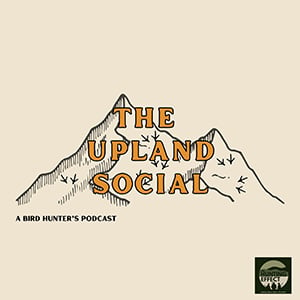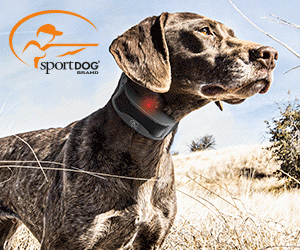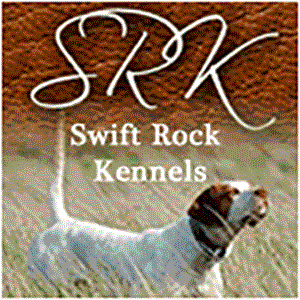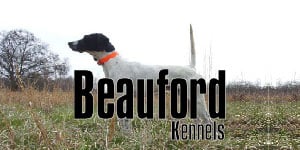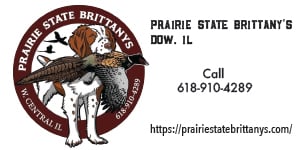Northern Shoveler - Duck Hunting - Wetland Hunting
View Recipes | Gamebird Services | Gamebird Hunts | View Photos

Description
The name Northern Shoveler is derived from the shovel-shaped bill that sets this duck apart from other dabbling ducks. Breeding males are bold white, green, blue, and rust, but their most notable features are their white lower sides and white chest. The males flash a blue on the upper wing and green on the speculum in flight. Females and immature shovelers are mottled in brown and have powdery blue on the wings. However, immature shovelers and females have an outstanding large orange bill. These birds are about 44 – 51 cm long, weigh 400 to 820 g, and have a wingspan ranging from 69 to 84 cm.
Habitat
They thrive in ponds, marshes, and salt bays during winter. However, in summer, you can find these birds in open country, for example, tundra, marshes, prairie, and in the vicinity of shallow water. Northern Shovelers prefer fresh marshes, tidal estuaries, alkaline lakes, or shallow waters with extensive muddy margins during migration and winter seasons.
Diet
Their diet varies depending on the season and habitat. In winter, the Shovelers mainly feed on seeds and other parts of aquatic plants such as grasses, pondweeds, and sedges. In summer, these birds feed on insects, mollusks, crustaceans, and sometimes small fish. The Northern Shoveler forages head down in shallow wetlands. Its bill has comb-like projections along the edges to help filter out tiny seeds and crustaceans from water. The birds rarely up-end, dives, or feeds on land.
Nesting
Pair formation begins in winter, proceeding through the spring migration. It is common for several males to court one female by gathering around her on water. In turn, each male tries to lure the female away using short flights or swimming away. Eventually, the female indicates acceptance if she flies away with the female. The nest site is usually closer to water in an area with short grass. The female builds the nest in a shallow depression filled with weeds, grasses and lined with down.
Females lay 9 to 12 eggs that have shades of pale olive. Incubation is done by females only for 21 to 27 days. The young ducklings leave the best a few hours after hatching. Females lead them to water, although she keeps them close to the cover of marsh vegetation for protection. The young ducklings can make successful flights after 52 to 60 days.



